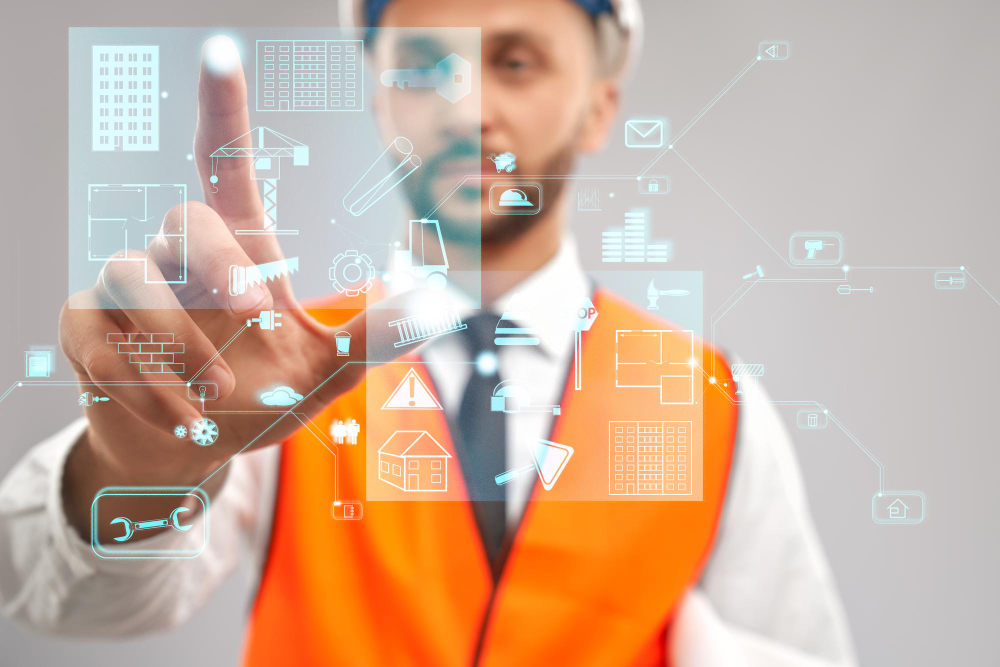The construction industry has historically lagged behind others in productivity gains. A research paper from the University of Chicago highlights a startling contrast: since 1950, construction productivity has seen a decline, while industries like manufacturing have experienced a ninefold increase. There are clear reasons behind this disparity and ways modern technology, particularly artificial intelligence (AI) and Information Technology (IT), is starting to bridge the gap.
The Productivity Paradox: The construction sector’s limited investment in Research and Development (R&D) and software purchases has been significant. In 2020, the industry invested 46% less in these areas compared to the broader economy. This contrasts sharply with manufacturing, where IT advancements from 1994 to 2005 were the primary drivers of productivity gains.
IT in Manufacturing vs. Construction: In manufacturing, IT has been transformative, largely due to the ability to convert real-world operations into data. Sensors on assembly lines provide real-time data, enabling managers to identify bottlenecks and enhance efficiency. However, applying similar IT solutions to construction is more complex. Construction projects involve assembling a multitude of unique components to create a singular structure, making it challenging to monitor progress through standard IT systems.
The Challenge of Construction Data: Traditional IT systems have struggled to improve construction productivity significantly, primarily due to the lack of real-time data from construction sites. Unlike manufacturing, where sensors can monitor repetitive processes, construction requires more nuanced data collection methods to improve efficiency.
AI: A Game-Changer for Construction: Recently, the advent of artificial intelligence and computer vision technologies has begun to change the landscape. These technologies can transform 360-degree video footage from construction sites into near real-time data. This information acts similarly to factory sensors, providing invaluable insights for enhancing productivity.
Real-World Applications: Consider the example of a construction superintendent working on a retirement community project. AI-powered progress tracking technology allowed the identification of incomplete ductwork before it was too late, avoiding costly and time-consuming rework. This kind of technology delivers data to decision-makers much faster, significantly enhancing productivity.
The Rise of AI in Construction: Companies like Procore, Autodesk, Oracle, and others are developing technologies that aid millions of construction workers daily. This technology not only makes construction easier but also reduces risk and ensures projects are completed on time and within budget. Facility owners are increasingly recognizing the value of these innovations.
The Broader Impact: As society grapples with the demands of healthcare, energy, and infrastructure, the efficiency of the construction industry becomes ever more crucial. AI doesn’t replace the experience and skills of construction teams but augments them with better data and tools. This advancement gives project owners the confidence to invest in projects that address the critical challenges of the 21st century.
Conclusion: The construction industry is at a pivotal point where embracing AI and IT can lead to significant productivity gains, mirroring the advancements seen in other sectors. By investing in these technologies, construction companies can not only overcome historical productivity challenges but also play a crucial role in solving some of society’s most pressing issues. As we continue to innovate, the future of construction looks more efficient, more effective, and fully equipped to meet the demands of the modern world.






